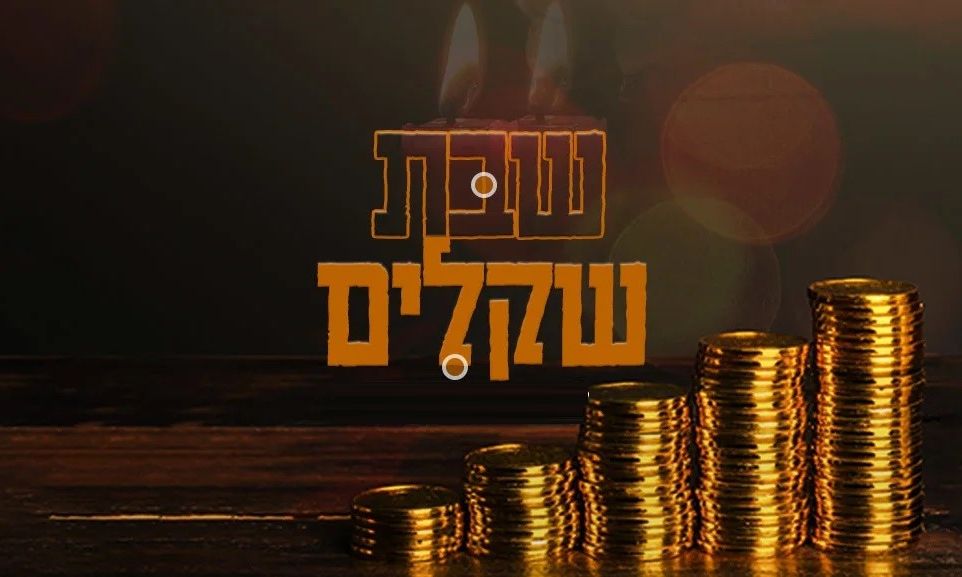
Parshat Shekalim: Spiritually Enriching
This coming Shabbat is Parshat Shekalim, the first of the four special Torah portions that we read in advance of Purim and Pesach...

The first of the four parshiot that are read in advance of Purim and Pesach is called Parashat Shekalim, because the Maftir is read from Parashat KiTisa, which discusses the obligatory half-shekel offering. While the Temples stood, there was a positive mitzvah upon every Jew to contribute a half-shekel yearly for the purchase of communal offerings to be brought in the Temple, due in the Temple by Rosh Chodesh Nissan. Therefore, on Rosh Chodesh Nissan, public proclamations were made to help the people to bring their half-shekel on time. However, on the 15th of Adar (Purim in walled cities), collectors sat in each city requesting the voluntary advance bringing in of the half-shekel.
The rabbis went one step further by instituting the public reading of Parashat Shekalim on the Shabbat immediately preceding Rosh Chodesh Adar, which was to also act as a call to bring the half-shekel on time. And even though the Temples no longer stand in our day, and communal sacrifices are a memory of the past, the following excerpt from From Redemption to Redemption (see author’s website below) will show how the concept of the half-shekel is very relevant to us as well.
” … It is this threshold that Amalek stands before, and which Haman tried to block to the Jewish people forever. And he was willing to pay handsomely for the right to do so”. Megillat Esther records ten thousand kikar kesef in total.
How much money was that equal to? One half-shekel per male Jew above the age of twenty who left Egypt. However, what Haman hadn’t counted on was that the half-shekel given in the desert was what the Talmud refers to as “the cure before the sickness,” which explains the following numerical connection:
the tree = the rock = the money
העץ ha-aitz=165
הסלע ha-selah=165
הכסף ha-kesef=165
The tree that overcame Adam (at which there is an allusion to Haman), and the rock that “smote” Moshe (there is also an allusion to Haman there), and the money that was meant to annihilate the Jewish people, all emanated from the same source: doubt. However, as we learn from the story of Purim, each can also be turned around against doubt, against Amalek, and used to draw down the Divine light to dispel the dreadful darkness of an apparently G-dless world.
It was the merit of giving the half-shekel that pre-empted Haman’s strike against the Jews of his time. For, inherent in the concept of the half-shekel is the understanding necessary to counteract the Haman.
It also hints at the unity of k’ish echad b’leiv echad (an expression used to describe the unity of the Jewish people at Mt. Sinai, who camped “like a single person with a single heart”), that Haman tried to uproot. For, as the rabbis point out, since every Jew can only give one-half shekel, no matter how rich or how poor, this serves to emphasize the fact that a single Jew is always only part of a whole …”
Hence, even in our day, the spiritual reality created by the concept of the half-shekel is one that enables us to overcome the Amaleks of our time.
***
Pinchas Winston is the author of over 95 books on various topics that deal with current issues from a traditional Jewish perspective. He has also written on the weekly Torah reading since 1993, called “Perceptions”, as well as on current topics and trends affecting Jewish history, past and present. One of his missions is to make the depth and beauty of the more mystical teachings of Torah understandable and accessible to those who can really benefit from them. Visit his website at thirtysix.org.


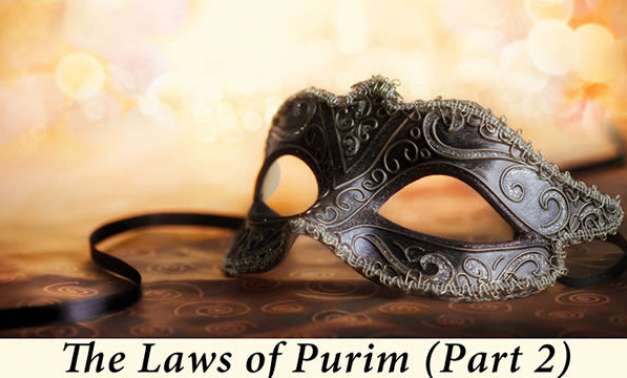


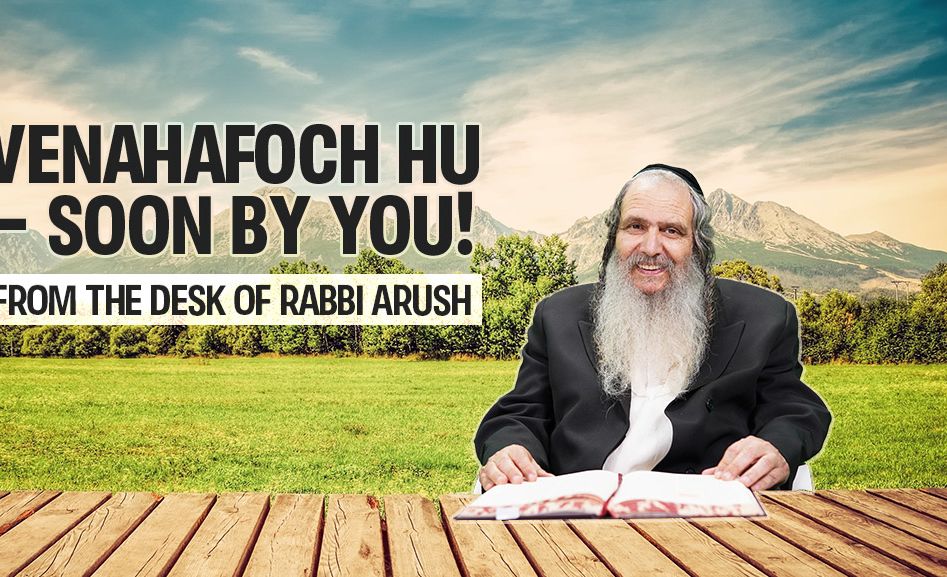

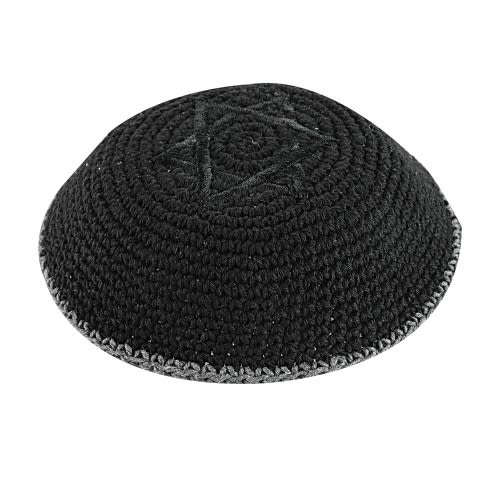

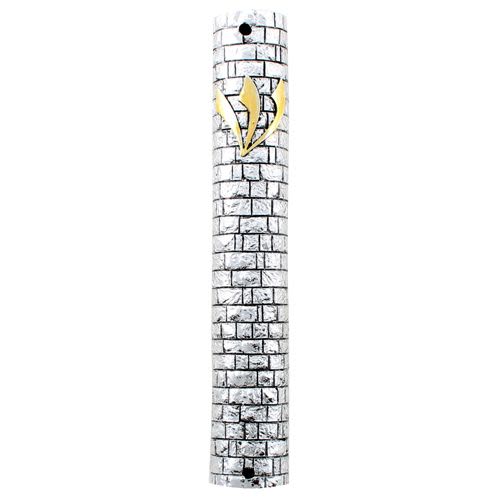


Tell us what you think!
Thank you for your comment!
It will be published after approval by the Editor.